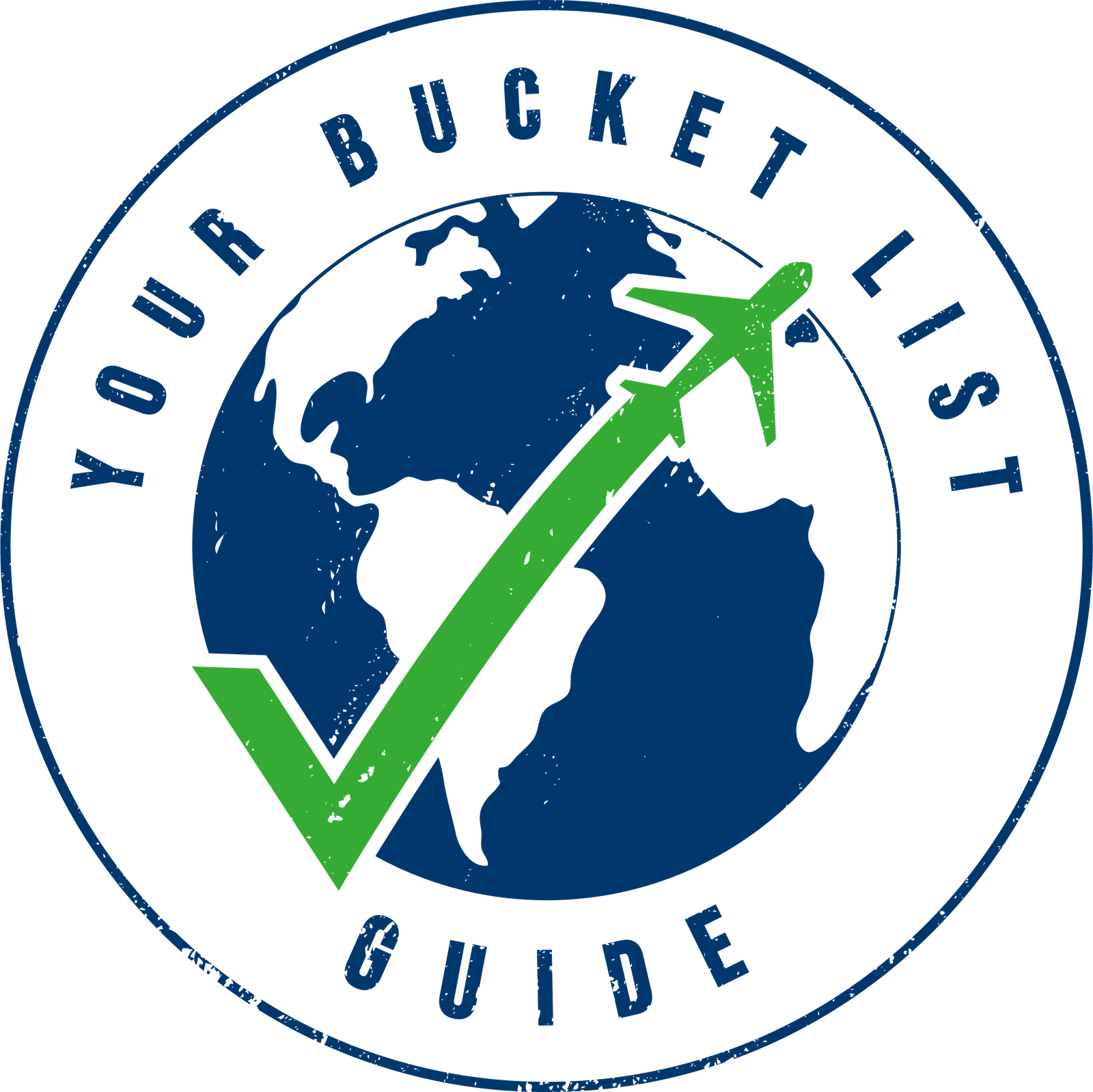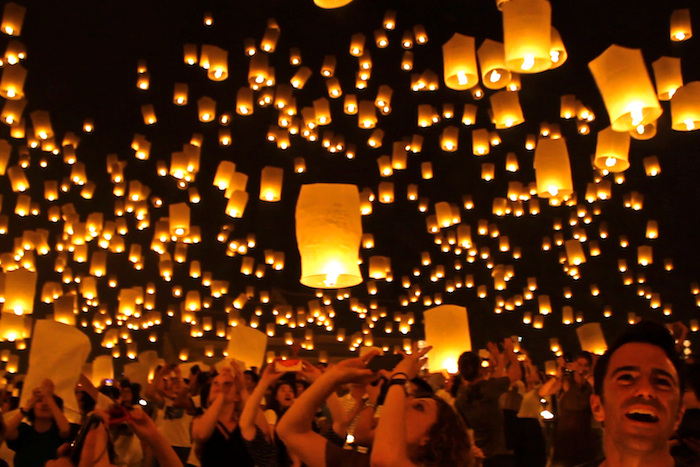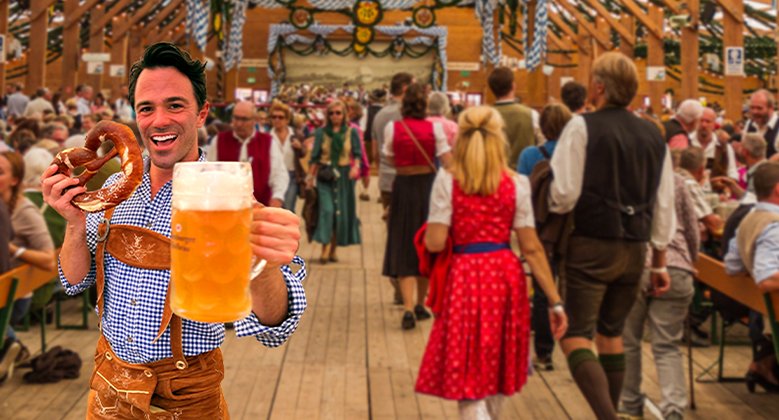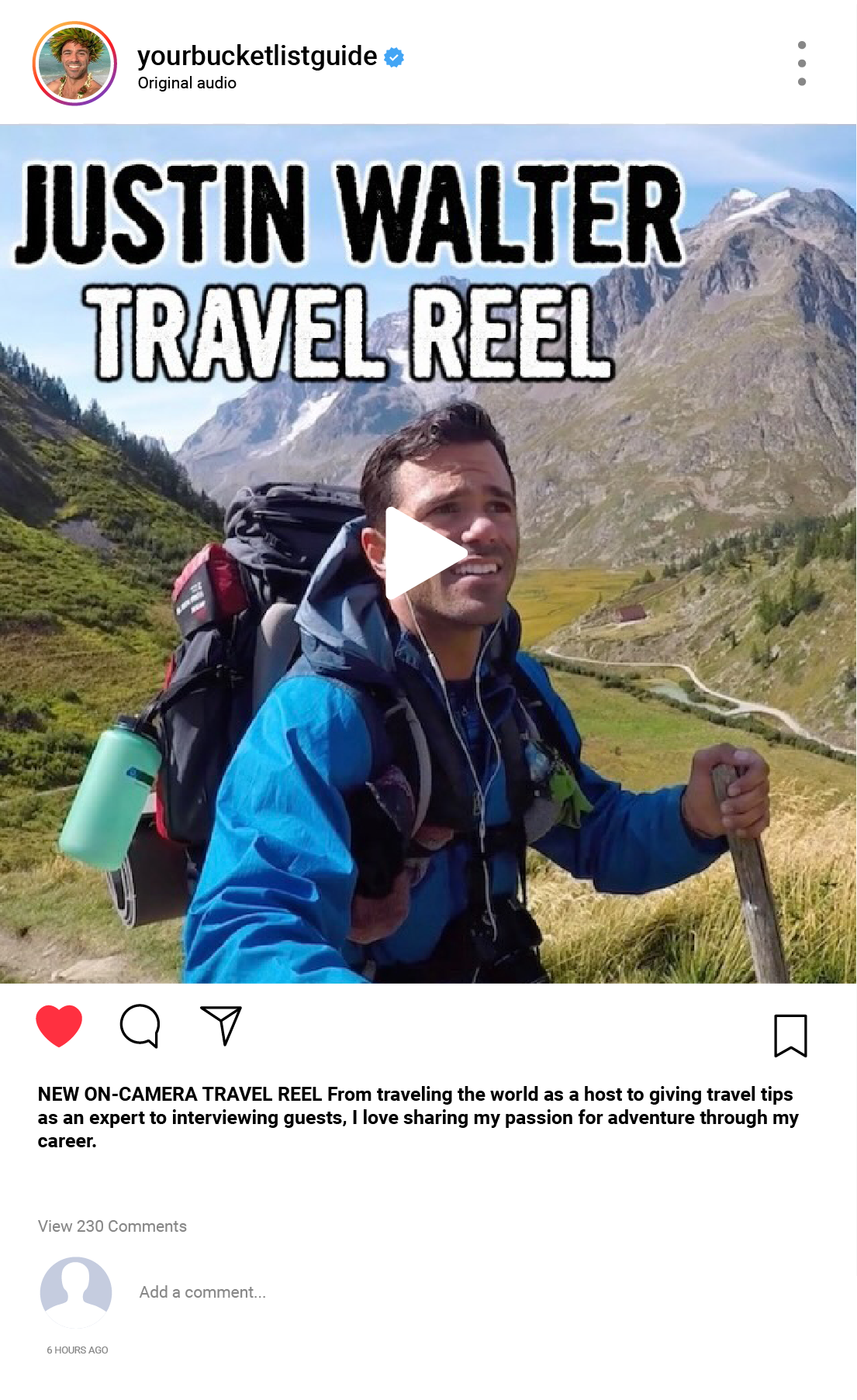ABOUT THIS ADVENTURE
Last May I stepped foot in Zion National Park for the first time and completely fell in love. When I was asked by Visit St. George and Travel Mindset to return for the Zion Narrows hike, my answer was an easy YES! I then found out that the dates for #InstaMeetStGeorge were in mid-February and I was confused why we were exploring Zion in the middle of winter. After two days my answer was clear. Winter is actually an awesome time to hike Zion!
Here’s 9 things to know for the Zion Narrows hike.


1. WHEN TO GO
The Zion Narrows hike is accessible year-round, depending on weather. If you’re willing to handle lower temperatures in exchange for smaller crowds, I highly recommend visiting in winter! In 2017, Zion National Park welcomed over 4.4 million visitors, most showing up late spring through early fall. When I did the Zion Narrows hike in mid-February, it felt like we had the place to ourselves!


My friend Michelle (also on the trip) from Live Like It’s The Weekend previously hiked The Narrows in the summer and told me the difference was night and day: in winter there are A LOT less people to deal with on the actual hike, shuttles, parking lots, etc. During our visit the temperatures were in the 40s in the morning and warmed up to the 60s by afternoon. With proper clothing, cooler temps were definitely a good trade-off for a more private experience.


2. WHAT TO WEAR
No matter what time of year you do the Zion Narrows hike, it’s important to understand you’re literally hiking in the Virgin River. Your feet (and body) are going to get wet! Make sure to have close-toed, sturdy shoes that you’re comfortable hiking in water with.

If you’re hiking in the winter, get suited up! For all your clothing and gear rental needs Zion Adventure Company has EVERYTHING you’ll need no matter the time of year. I went with their “Dry Suit Package” that included a dry suit, canyon shoes, neoprene socks and a hiking pole. Underneath my dry suit I wore leggings, a dry fit short sleeve t-shirt and a long-sleeve pullover. If you plan on bringing camera equipment I would also recommend renting a waterproof bag.



The only time I was actually cold was when I stripped down to become the first ever merman to hike The Narrows. Mer-MAN!


3. HOW TO GET THERE
Zion National Park is located in southwestern Utah near a small town called Springdale. Upon arrival there is an entrance fee that varies depending on your car and group size. During peak seasons, parking lots fill up fast! If you can’t nab a spot within the grounds you’ll have to park in Springdale and then take a shuttle or walk to the entrance. Within the park, Zion has a free shuttle system. For The Narrows, get on the bus at the Visitor’s Center and take it to the very last stop, Temple of Sinawava.

4. BOTTOM UP
There are 2 main ways to do the Zion Narrows hike. “Bottom Up” begins within Zion National Park at the Temple of Sinawava. It allows up to a 10 mile round trip hike in the Virgin River hiking north up to Big Spring. Visitors have the freedom to choose how far they hike in before turning around. Every step offers jaw dropping views of the park’s thousand foot tall canyon walls.



After nearly 2 hours hikers will reach a junction. The path on the left takes visitors to the narrowest part of the slot canyon known as “Wall Street” and the path on the right down Orderville Canyon.


5. TOP DOWN
Another option for exploring The Narrows is a 16 mile hike downstream that starts outside of Zion National Park at Chamberlain’s Ranch. This his takes 1 day or 2 with an overnight. Hikers must arrange their own transportation to the start which is about a 1.5 hour drive outside of the park.


6. PERMITS
A permit IS required for Top Down, but not for Bottom Up. Reservations are available online during a three-month time frame.

7. SAFETY
The Zion Narrows hike is one of the most difficult hikes within the park along with Angels Landing and Observation Point. It is EXTREMELY important to be aware of and cautious of flash flooding in The Narrows. During a storm (that could be miles away), runoff funnels through The Narrows and water levels can rise instantly to levels above 12 feet high. Before hiking, examine the forecast and don’t risk it if there’s potential for bad weather. It’s important to know the signs of flash floods and how to protect yourself in case of an emergency.

8. WHERE TO STAY
During both of my Zion trips I stayed in St. George, Utah which is less than an hour drive from Zion National Park. I highly recommend St. George as a convenient home base for the Zion Narrows hike. There are plenty of accommodations from budget to luxury and it’s also in close proximity to other jaw-dropping parks.


9. MER-MAN!
Bring or wear something fun or goofy! Be a “fish out of water” on the Zion Narrows hike… and send me your photos!

Psst – did you find this post informative? Useful? Inspiring? Save it for later on Pinterest!















